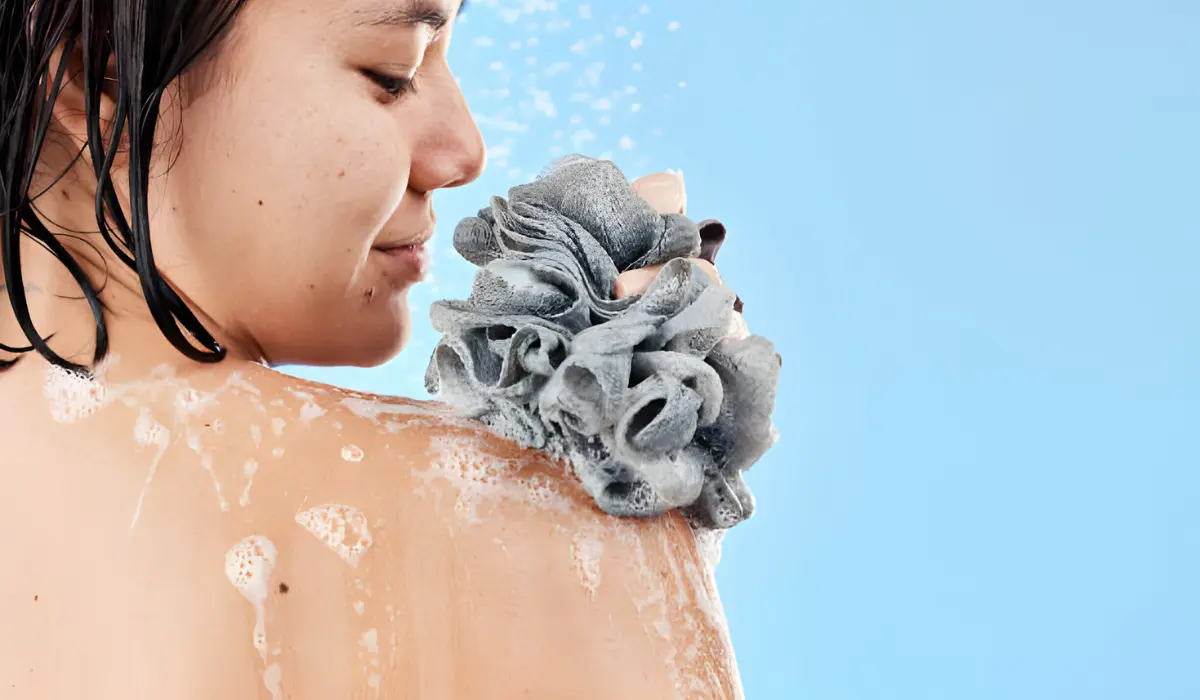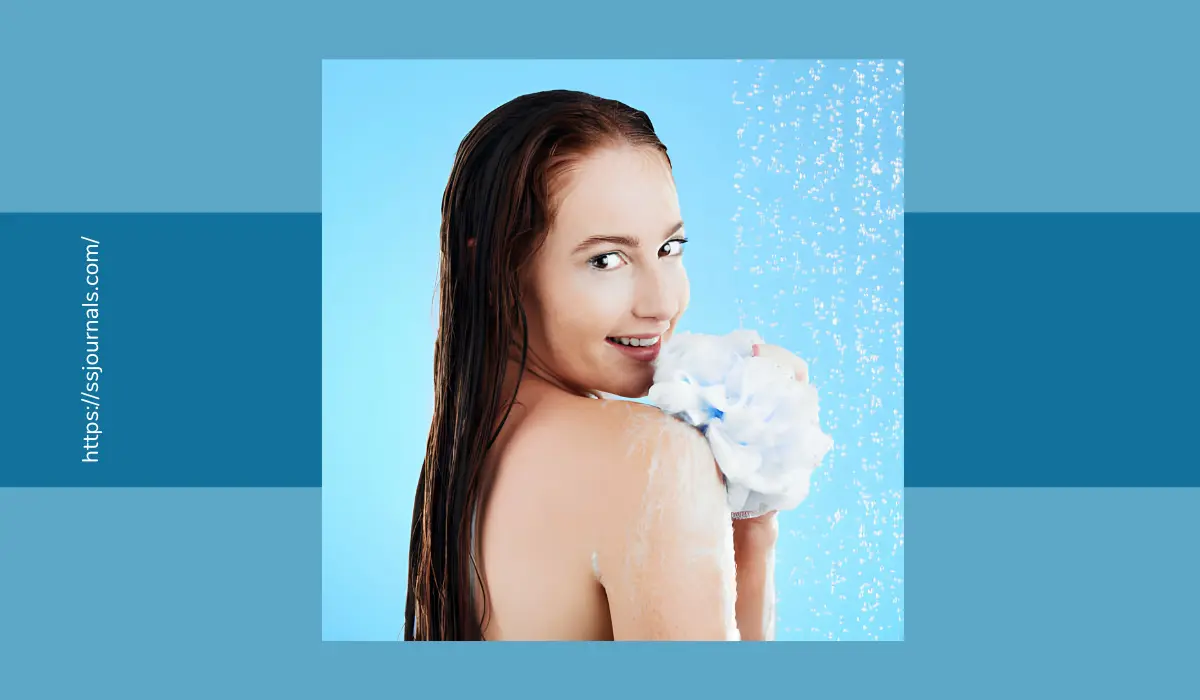Loofah sponges are a popular bath and shower accessory used to exfoliate and cleanse the skin. Also known as luffa or vegetable sponges, they are made from the fibrous skeleton of loofah gourd vegetables. Loofah sponges offer many benefits but also come with some risks if not used and cared for properly. This ultimate guide covers everything you need to know about choosing, using, and maintaining loofah sponges.
Are Loofah Sponges Good for You?

Loofah sponges are generally considered good for skin health when used properly. The fibrous texture helps remove dead skin cells through gentle exfoliation, leaving skin smooth and polished. This helps improve skin tone and texture, clears pores to prevent acne, and allows moisture to better penetrate the skin. The exfoliating action also helps lift dirt, oils, and sweat from the skin’s surface. As long as you don’t over-exfoliate, loofahs provide an invigorating clean without being too harsh on the skin.
Loofah Sponge Uses and Benefits
Some of the top uses and benefits of loofah sponges include:
- Exfoliating the body – Loofahs gently remove dead skin and are great for exfoliating legs, arms, back, shoulders, chest, feet, etc. Focus on dry areas or those prone to ingrown hairs or keratosis pilaris bumps.
- Improving circulation – The massaging motion of loofah-ing stimulates blood flow and leaves skin looking healthy and vibrant.
- Deep cleaning pores – The fibers dig into pores to remove dirt, oil, makeup residue, and bacteria clogged within. This helps control acne and body breakouts.
- Creating a rich lather – Loofahs help whip body wash or soap into a lush, moisturizing foam that cleanses skin without stripping it.
Loofah Sponge Risks
When not properly cleaned and maintained, loofah sponges can harbor mold, mildew, and bacteria that cause skin infections or illness if they transfer back to your skin. Some risks associated with loofah sponge use include:
- Bacterial infections – Germs in dirty loofahs can lead to bacterial infections like streptococcus or staphylococcus. Flu-causing bacteria can also accumulate on neglected loofahs.
- Fungal infections – Mold and fungi thrive in the warm, wet environment inside loofah fibers, resulting in fungal infections like athlete’s foot or ringworm on the body.
- Skin irritation – Bacteria or residue remaining within an uncleaned loofah can irritate sensitive skin, causing inflammation, rashes, boils, etc. This is especially problematic for those with eczema or compromised immune symptoms.
- Cross-contamination – Germs within an unhygienic loofah sponge can transfer illness-causing viruses and bacteria to other household members through shared use.
How to Clean a Loofah?
To minimize health risks, proper loofah sponge hygiene is crucial. Here are some best practices for keeping your loofah clean:
- Replace monthly – Swap loofahs out for a fresh one every 4-6 weeks before mold develops within.
- Wash regularly – Rinse thoroughly after each use and machine wash twice weekly to sanitize. Use hot water and add 1⁄2 cup vinegar or bleach.
- Quick rinse – Give a quick 5-10 second rinse before showering if it’s been hanging wet between uses to rinse away any mold spores.
- Air dry thoroughly – Squeeze out excess moisture and hang to dry completely before next use to prevent inner bacterial growth.
- Inspect for mold – Check for dark spots and discard immediately if mold, softness, or foul odor develops.
- Avoid sharing loofahs – To prevent bacterial transfer, each household member should have their own assigned loofah.
Can We Use Loofah Daily?
Daily loofah usage is not recommended as the vigorous friction can be overly harsh on the skin. Dermatologists often advise limiting exfoliating scrub sessions to 2-3 times per week max to avoid damaged skin barriers and irritation. Exceptions can be made for gentle, quick rinses on sensitive regions like the face or delicate body areas. Listen to your skin – if it feels tight, raw, or sensitive after loofah-ing, it’s time to cut back and give your skin a break to heal.
Conclusion
In conclusion, loofah sponges can be a beneficial addition to your skincare routine when used and maintained properly. Their natural fibers provide gentle exfoliation to slough off dead skin cells, clear pores of dirt and oil, stimulate circulation, and help create a rich, moisturizing lather.
However, it’s crucial to limit exfoliation to just 2-3 times per week to avoid damaging the skin barrier. Proper hygiene is paramount – replace loofahs monthly, wash them twice weekly with hot water and vinegar or bleach, give quick rinses before use, air dry thoroughly, inspect for mold growth, and never share loofahs with other household members.
Failure to clean and rotate loofahs can lead to bacterial or fungal infections, irritated skin, and cross-contamination. But with regular replacement and diligent cleaning practices, you can safely enjoy the invigorating cleansing and circulation-boosting benefits of loofah sponges without health risks.
By exfoliating judiciously and maintaining good loofah hygiene, you’ll reveal polished, healthy-looking skin and prevent issues like acne, ingrown hairs, and keratosis pilaris. Used mindfully as part of a balanced routine, quality loofah sponges can be a valuable tool for radiant skin.
Do you use a loofah sponge? What tips would you add for choosing and maintaining a good loofah? Leave a comment below!

